Shipping Basics
More in Shipping Basics
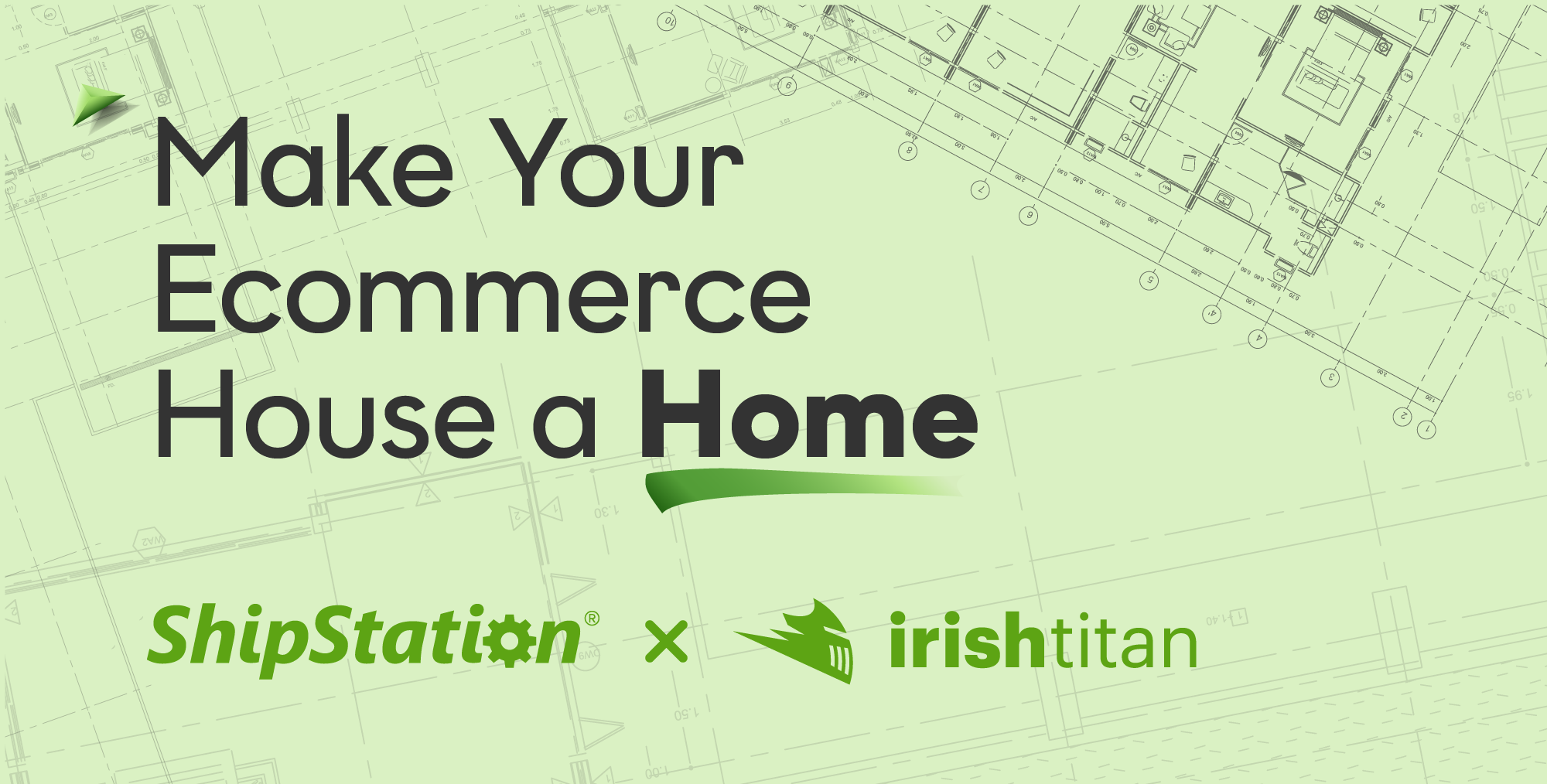
Shipping Basics • October 13, 2023

Shipping Basics • September 25, 2023

Shipping Basics • September 25, 2023

Shipping Basics • September 12, 2023
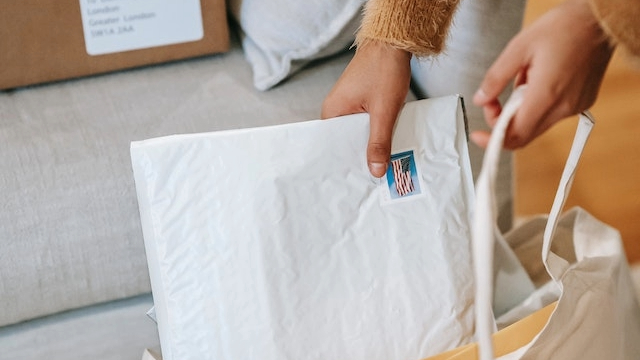
Shipping Basics • August 23, 2023
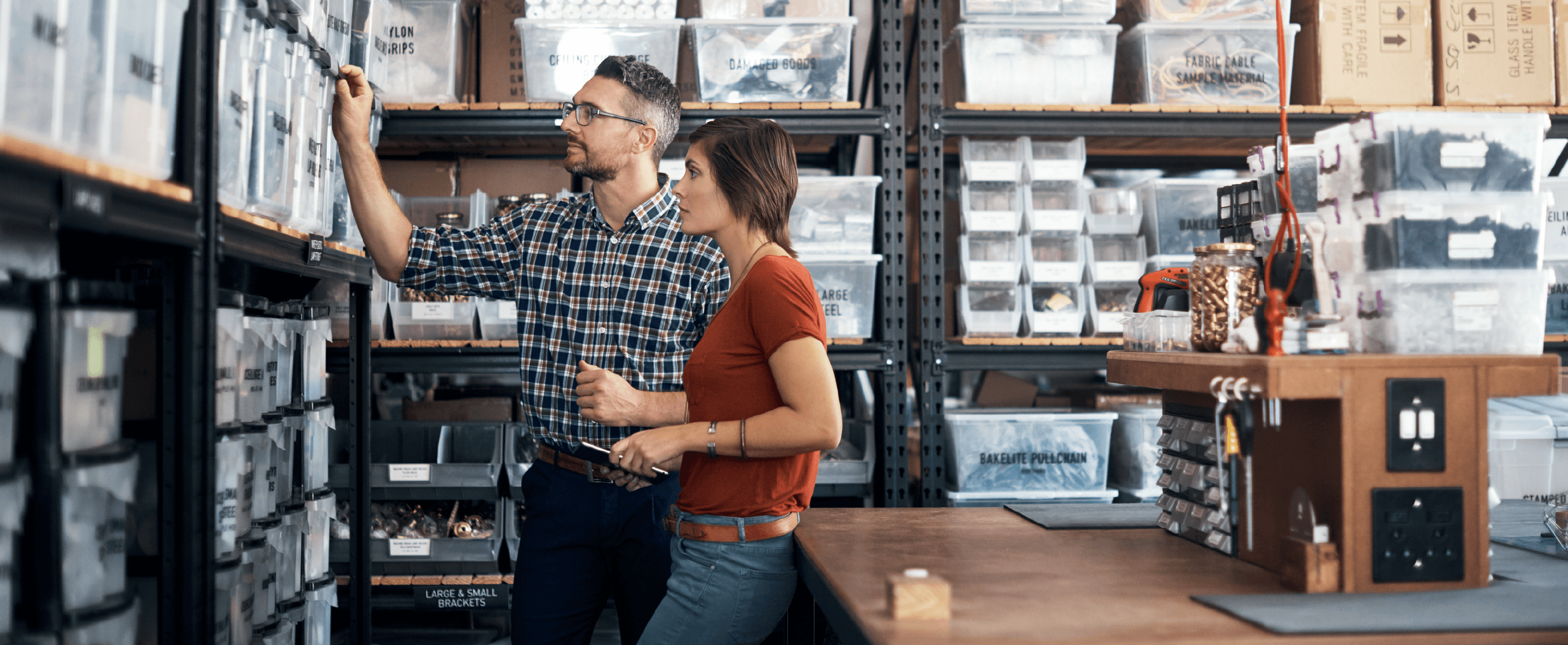
Shipping Basics • June 21, 2023
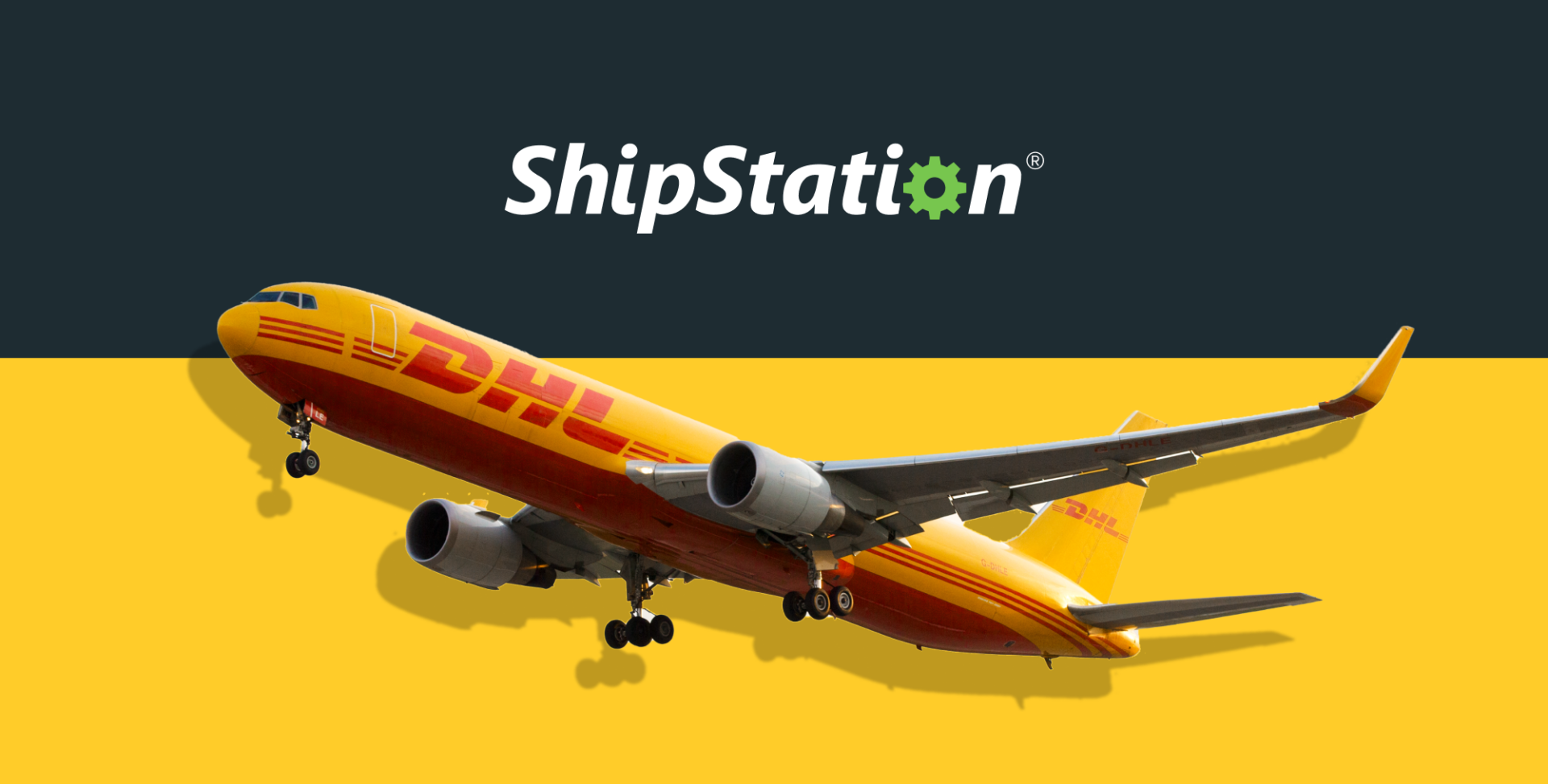
Carrier Rates • June 20, 2023

Shipping Basics • June 14, 2023
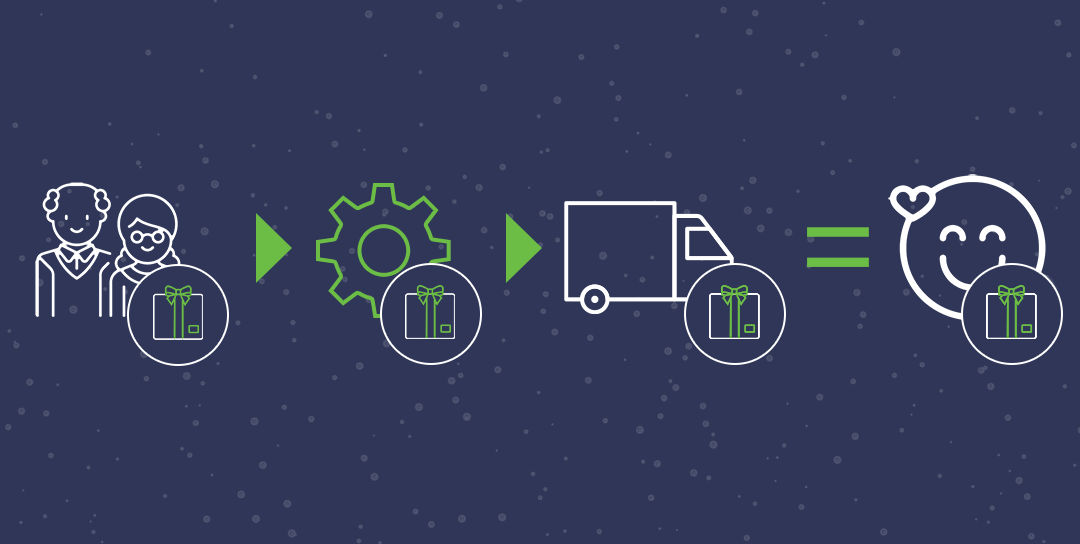
Shipping Basics • June 7, 2023

Carrier Rates • May 31, 2023

Shipping Basics • May 17, 2023

Shipping Basics • April 26, 2023
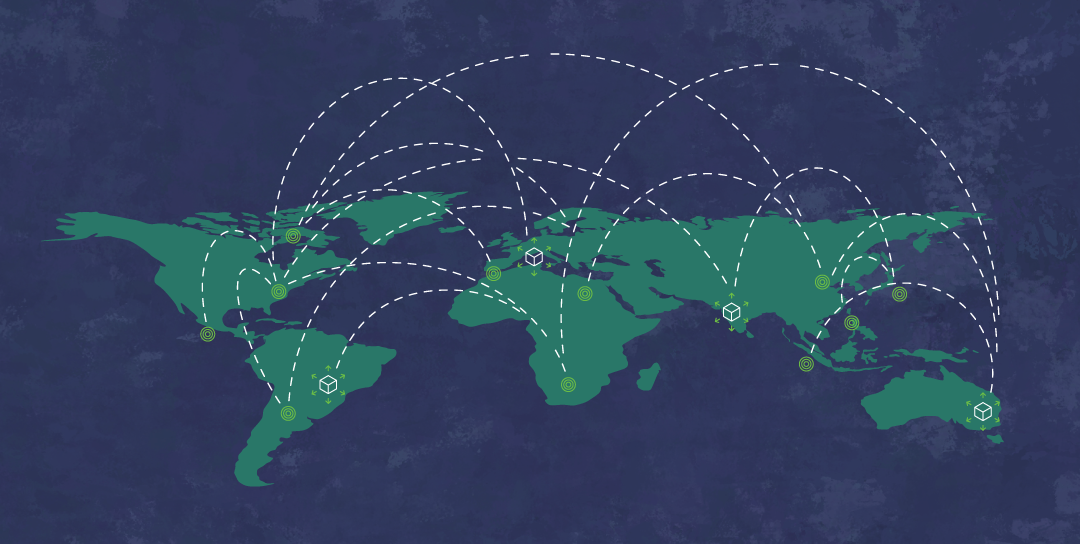
Shipping Basics • March 24, 2023
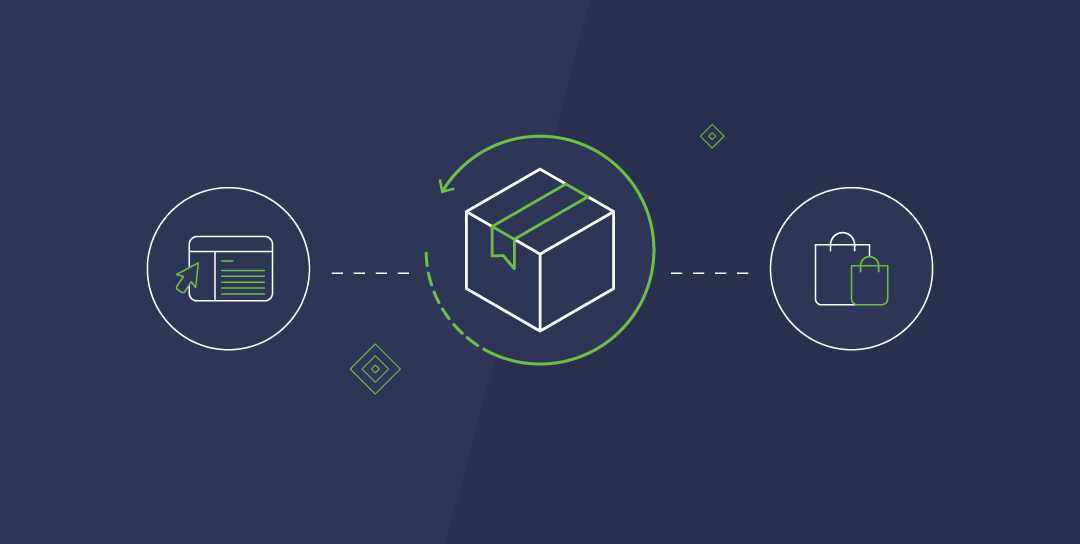
Shipping Basics • March 1, 2023
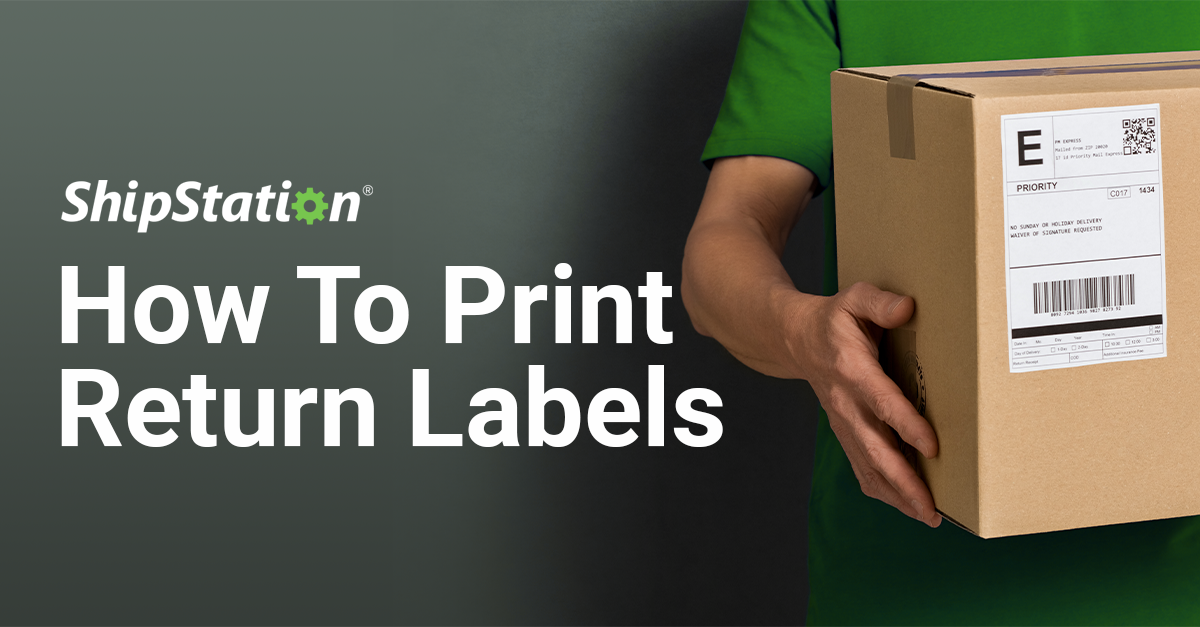
Shipping Basics • December 9, 2022
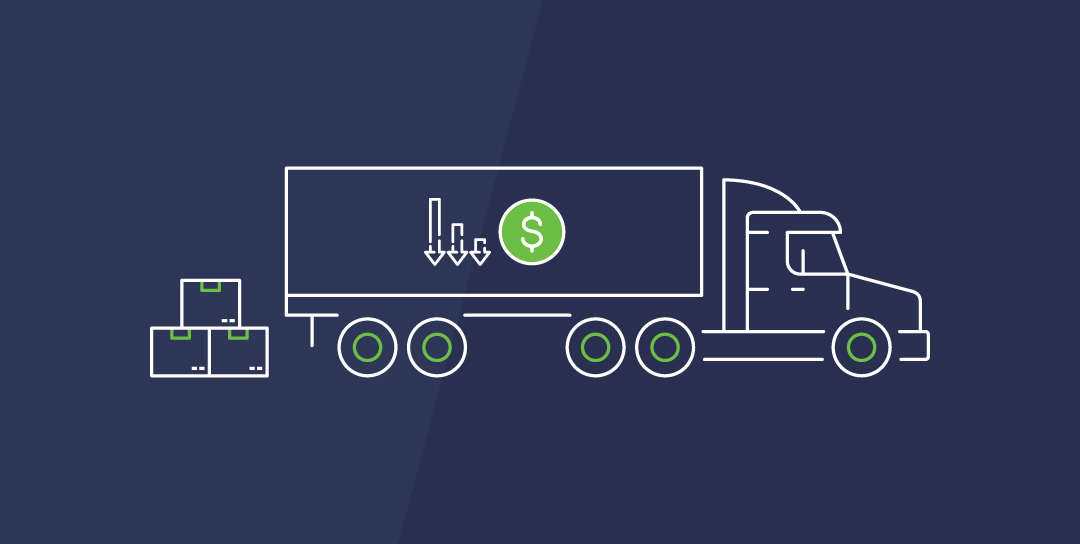
Shipping Basics • November 29, 2022
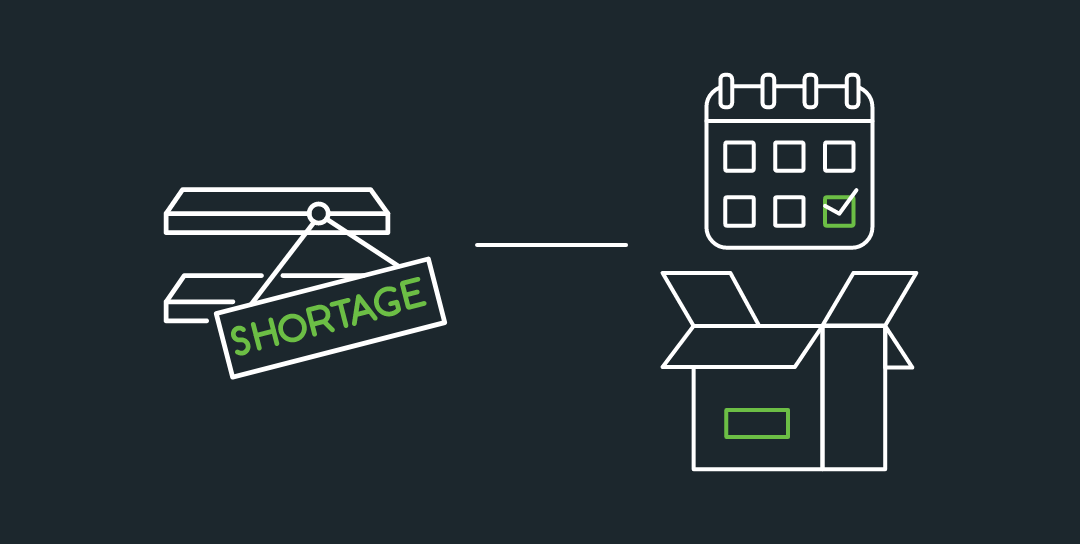
Shipping Basics • November 16, 2022
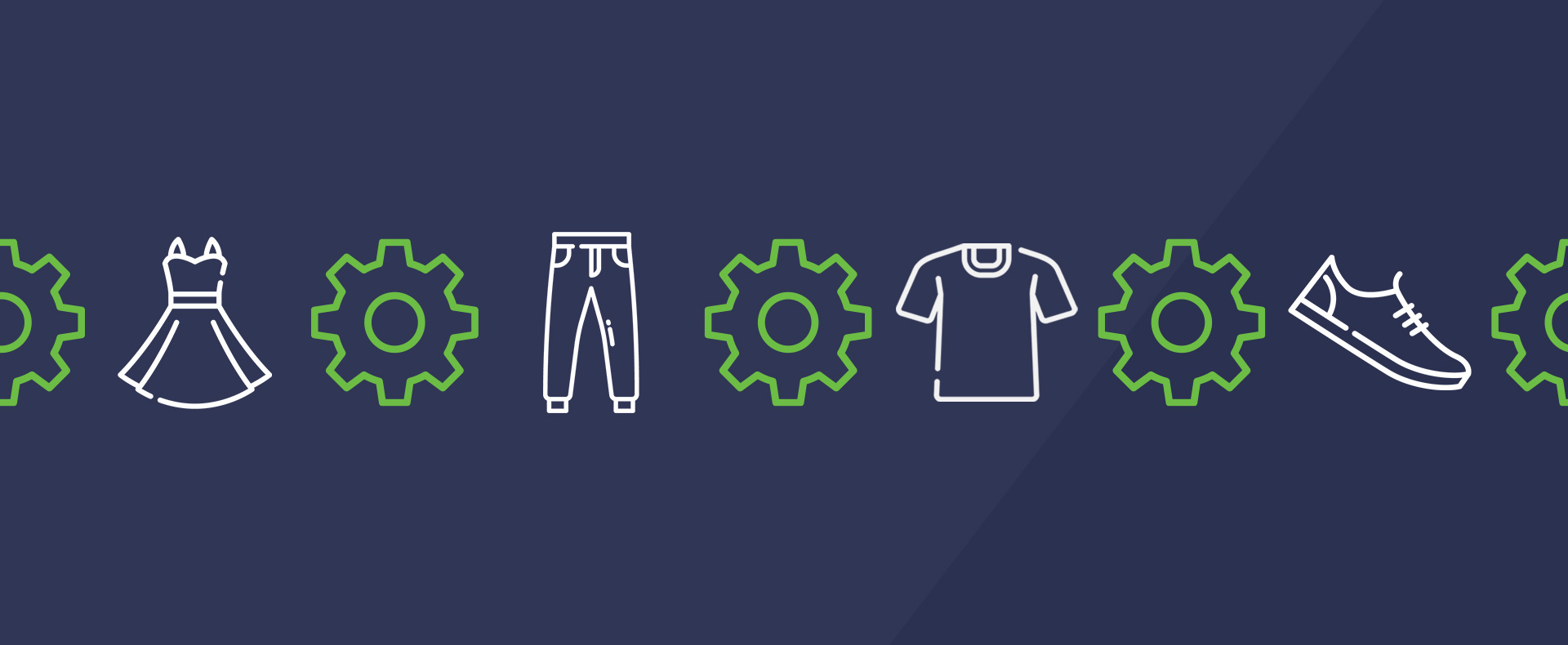
Shipping Basics • August 15, 2022

Shipping Basics • August 9, 2022

Shipping Basics • August 8, 2022
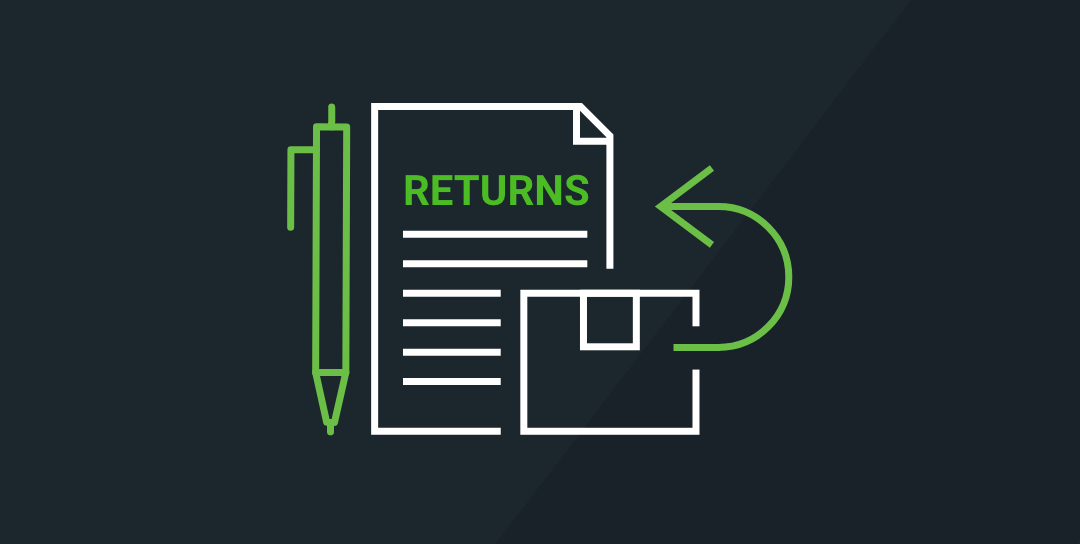
Selling Channels • July 29, 2022

Shipping Basics • July 26, 2022
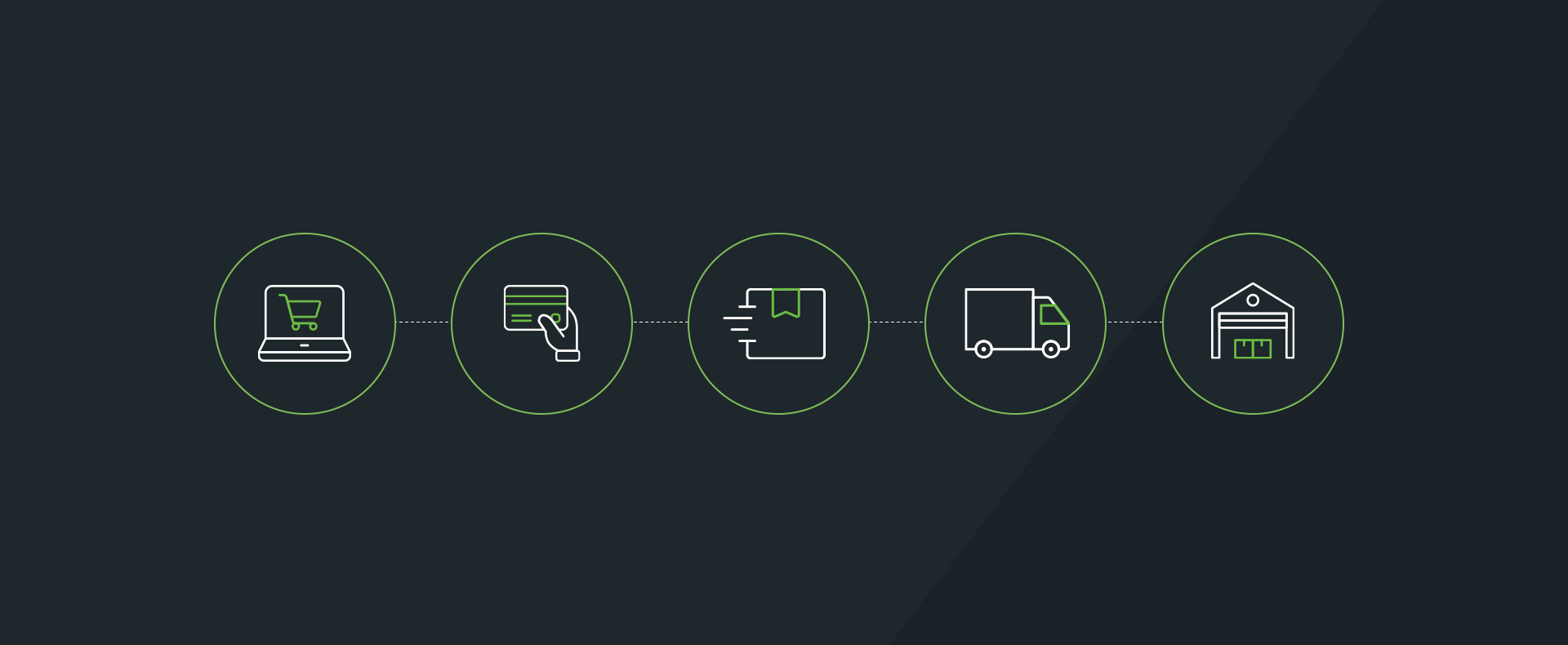
Shipping Basics • July 22, 2022
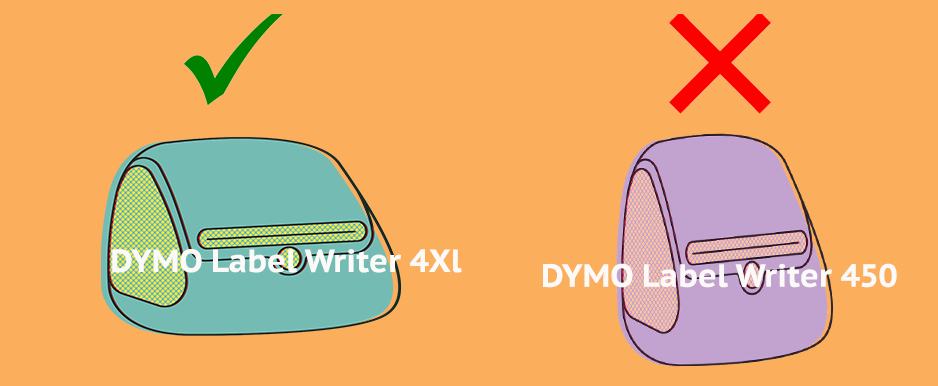
Shipping Basics • July 3, 2022
Shipping Basics
Shipping is more than the last step in an order lifecycle. A good shipping strategy can set you up for success in many other areas of running a business. Learning the basics of shipping and ShipStation will help you save time and money on far more than just order fulfillment. A good shipping workflow touches and integrates with many ecommerce softwares. We’ll help you figure out how shipping fits into the bigger picture of your business. Whether you need to discover more about new carriers, automating your shipping workflow, discover new places to sell, or understand customer demands a little better, these are the resources to help you get ship done!